How to watch 'Prehistoric Planet' season 2
Here’s how to watch Prehistoric Planet, including the upcoming season 2, as well as everything you need to know about Apple TV+’s hit documentary series.
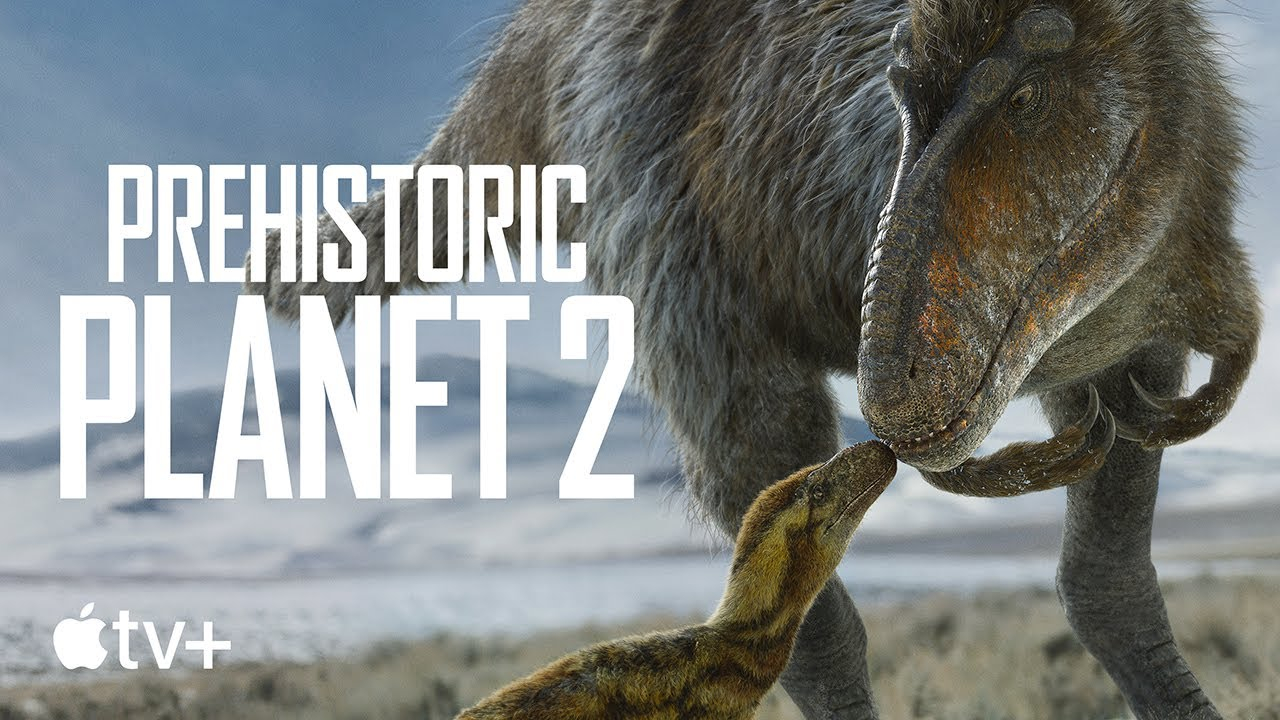
One of 2022’s biggest surprises for dinosaur fanatics was the cutting-edge Apple TV+ documentary series Prehistoric Planet. Now, season 2 is almost here, and we’ve got you covered with every new bit of info you need to know ahead of its debut, plus a complete guide on how to watch it as soon as it arrives.
Much like season 1, Prehistoric Planet’s second set of five episodes is a week-long event which will transport viewers back to the age of the dinosaurs, shining some light on overlooked creatures as well as renowned fan-favorites such as the Tyrannosaurus rex. The most attractive thing about Prehistoric Planet season 1 was the balance it struck between updating the mainstream knowledge about certain species while also dedicating plenty of time to dinosaurs and other huge reptiles that aren’t nearly as famous.
If you’re looking for a more fictional take on the prehistoric giants, we’ve got a handy guide on how to watch the Jurassic Park movies online. As for more facts and recent discoveries related to other prehistoric animals, our list of the 10 most stunning fossils from 2022 that didn’t come from dinosaurs is an engrossing but quick read.
Where to stream Prehistoric Planet?
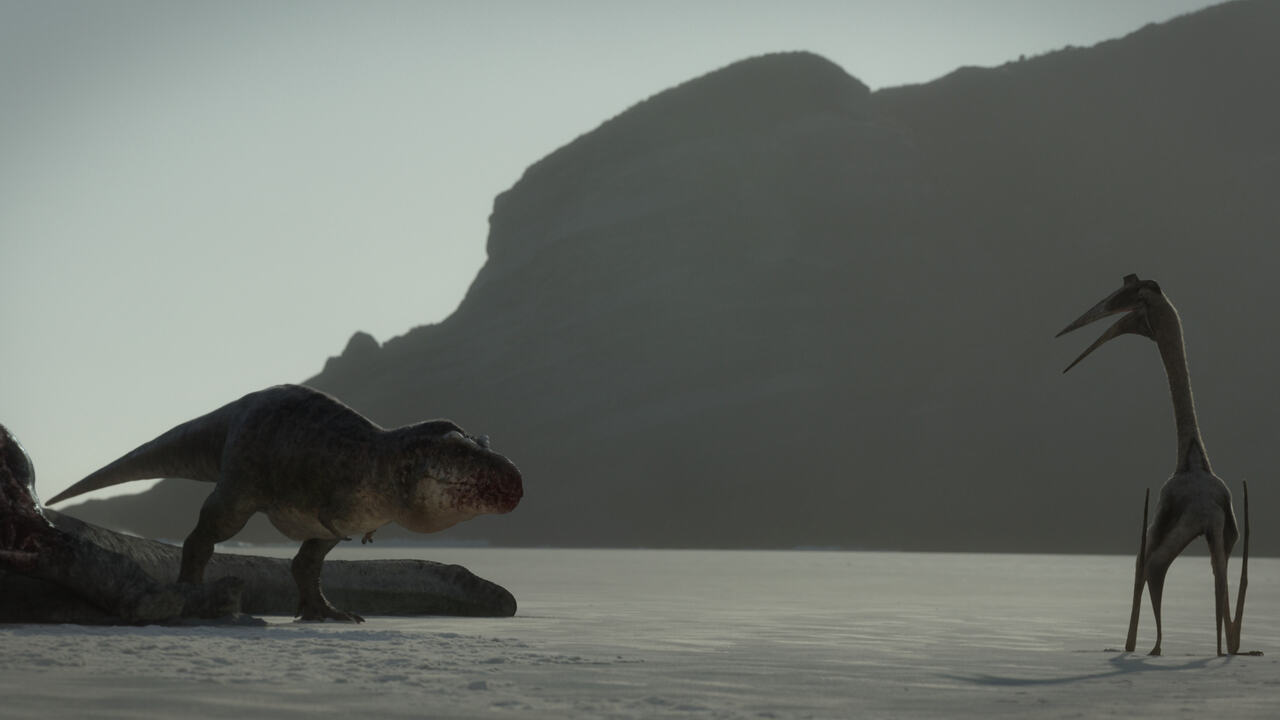
Prehistoric Planet is exclusively streaming on Apple TV+ and nowhere else. Season 1 started airing on May 23, 2022. It was a special five-night event, so the four following episodes debuted on May 24, May 25, May 26, and May 27 respectively. Each episode runs for around 40 minutes.
Season 2 of the hit series will stomp into households on May 22, 2023, exactly one year after its predecessor, with one episode releasing each night through Friday, May 26.
Watch Prehistoric Planet on Apple TV+: $6.99 per month with a seven-day free trial
See both seasons of Prehistoric Planet (after S2 drops in May) on Apple TV, along with other great docuseries like Big Beasts.
Prehistoric Planet trailers
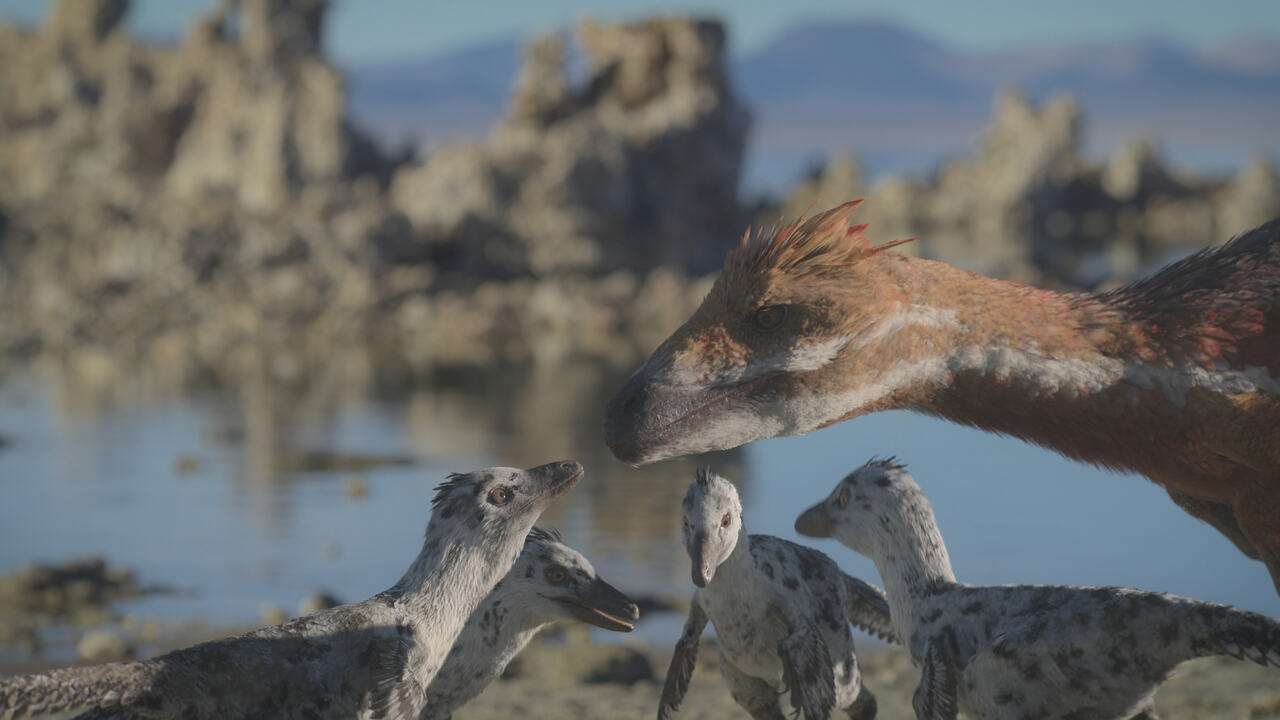
The first trailer for season 1 of Prehistoric Planet dropped on April 20, 2022, and gave us a meaty two-minute first look at the series’ many environments and creatures. Watch it below:
The second preview, release on May 19, 2022, played like a longer TV spot, clearly outlining the show’s structure and its five-day release schedule:
Following the same pattern, season 2 had a first teaser unveiled on April 18, 2023. You can check it out below:
And of course, a second, much bigger trailer roared on May 2, 2023. Take a look here:
What is Prehistoric Planet?
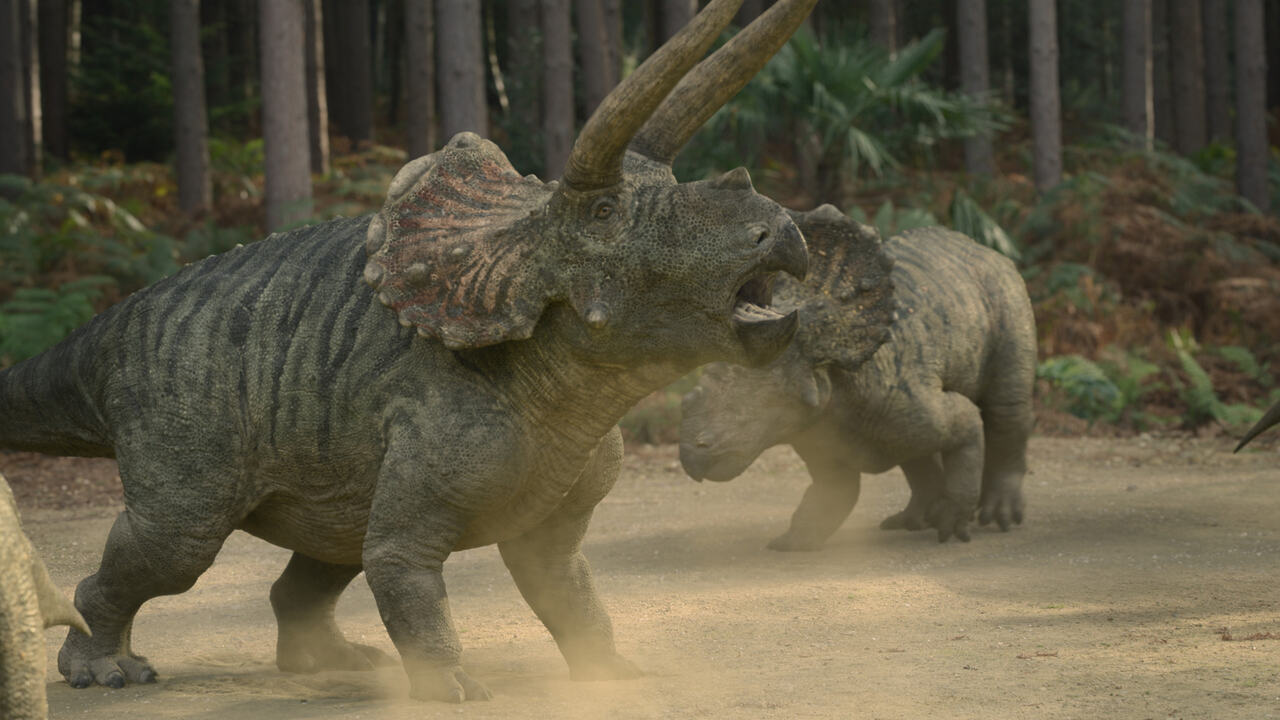
Prehistoric Planet’s objective is to “update” our understanding and general knowledge of dinosaurs and other prehistoric creatures from the late Cretaceous period. A good example is how we thought we accurately knew the coloring that dinosaurs sported (typically drab gray and brown scales) until recent investigations and discoveries presented the idea that many non-avian dinosaurs were actually quite colorful.
This documentary series presents answers to long-debated questions too, such as the legendary T. rex’s behavior – was it a ruthless predator or a massive scavenger and responsible parent? While it’s important to modernize certain ideas and concepts about these creatures, Prehistoric Planet also spends much of its runtime looking at corners of the Cretaceous world which are often overlooked.
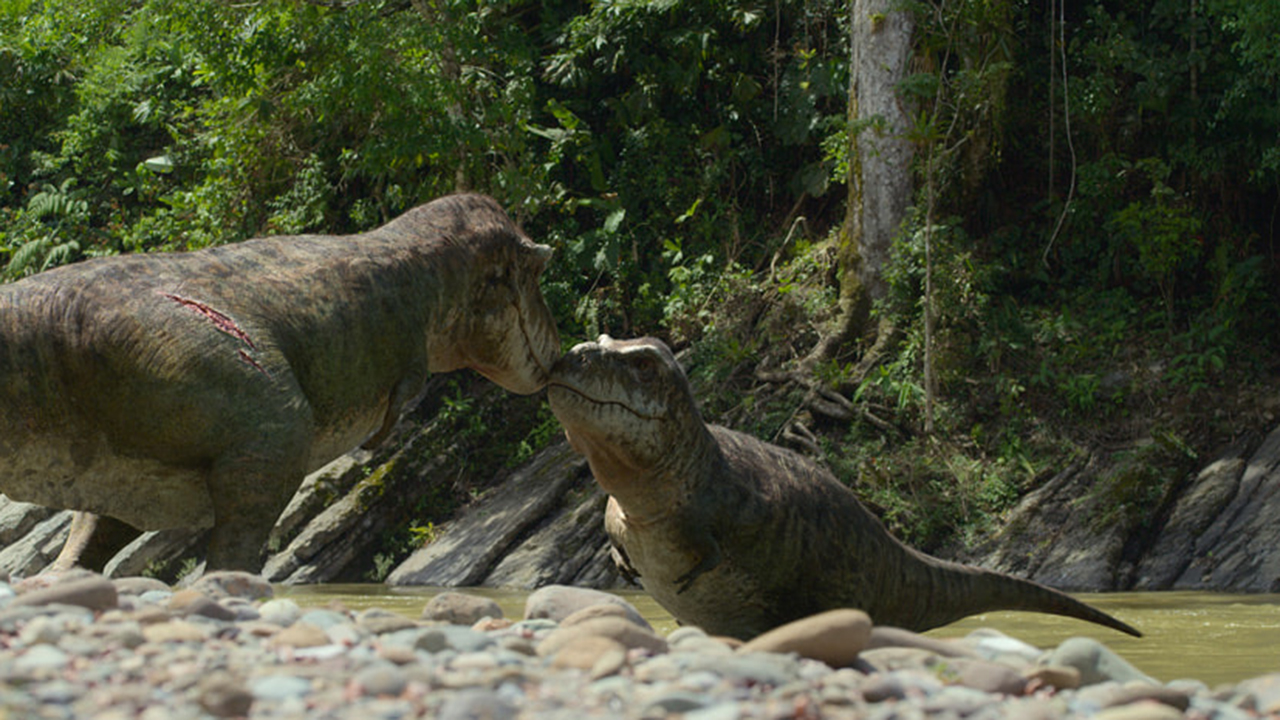
Each of Prehistoric Planet’s parts focuses on a specific type of biome, starting out with the deadly coasts and open waters of the late Cretaceous, and visiting locations as odd for casual paleo fanatics as snow-covered forests where feathered dinosaurs thrived against all expectations.
Season 2 will present more of the wonders of our world 66 million years ago. Episode 1 focuses on islands, paying special attention to the giant pterosaur Hatzegopteryx. The second night will take viewers to the badlands, with two young Tarchia trying to find relief as they trudge through a scorching desert. More humidity is found in episode 3, which visits the prehistoric swamps and explores the Pachycephalosaurus’ lives.
The last two episodes of season 2 will dive into the oceans with an exploration of the fearsome Mosasaurus and return to more familiar North American territories to check back with the T. rex.
Which dinosaurs & other animals are in Prehistoric Planet?
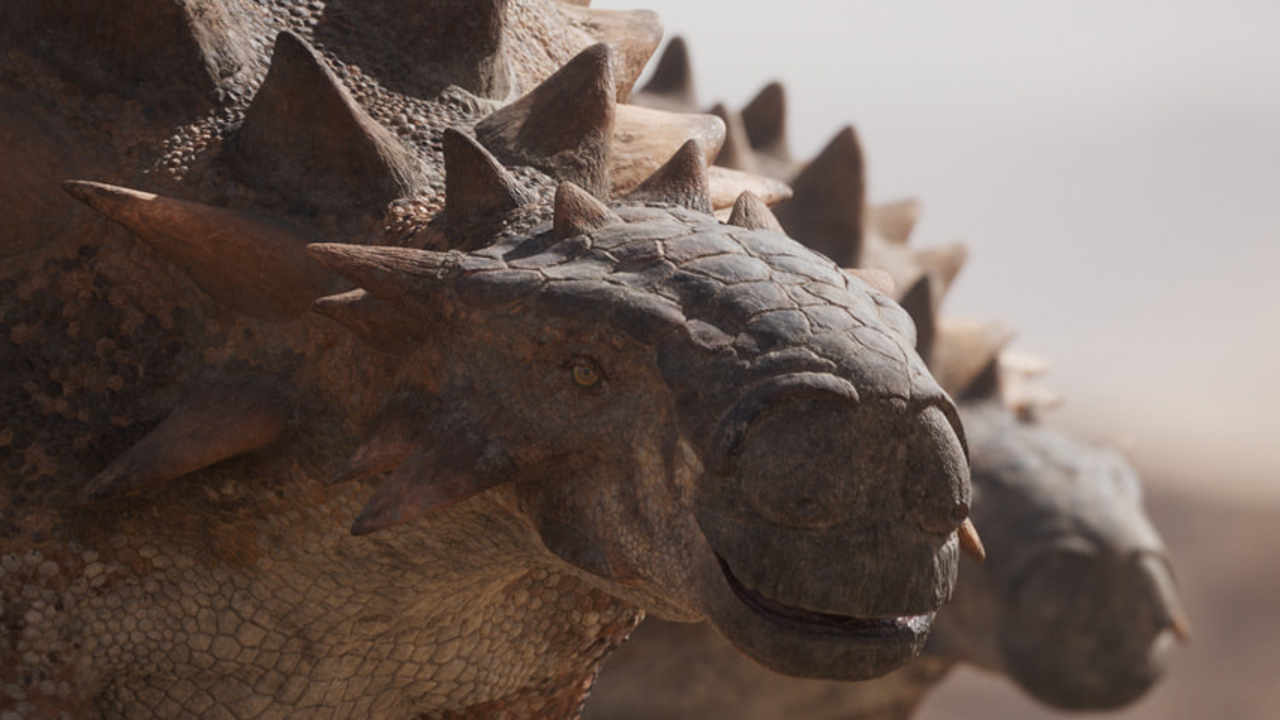
Even though many other creatures are featured, Prehistoric Planet chooses to focus on dinosaurs, marine reptiles, and pterodactyls – the three groups that dominated the land, water, and air 66 million years ago.
Of course, the infamous Tyrannosaurus rex headlines the roster of carnivore dinosaurs, but other tyrannosaurids such as the Tarbosaurus also make stellar appearances. Small hunters like the Velociraptor and the Mononykus also get their time to shine. Perhaps more impressive are the larger herbivores, such as the huge Dreadnoughtus, the eye-catching Olorotitan, and the classic Triceratops.
Season 2 adds to the mix the Indian sauropod Isisaurus, the armored Tarchia from Mongolia, and the bird-like troodontid Pectinodon, among many others.
If we go underwater, we can witness the lives of marine reptiles like the terrifying Mosasaurus and relatively unknown species such as the Tuarangisaurus and the Kaikaifilu. The return to the oceans in season 2 promises more species, but many appearances are being kept under wraps for now.
Finally, pterodactyls ranging from the Barbaridactylus to the enormous Hatzegopteryx are presented throughout the series, with episode 3 of season 1 paying special attention to the fan-favorite Quetzalcoatlus. It appears the series isn’t done with the latter two, as they also play big roles in season 2.
Who created Prehistoric Planet?
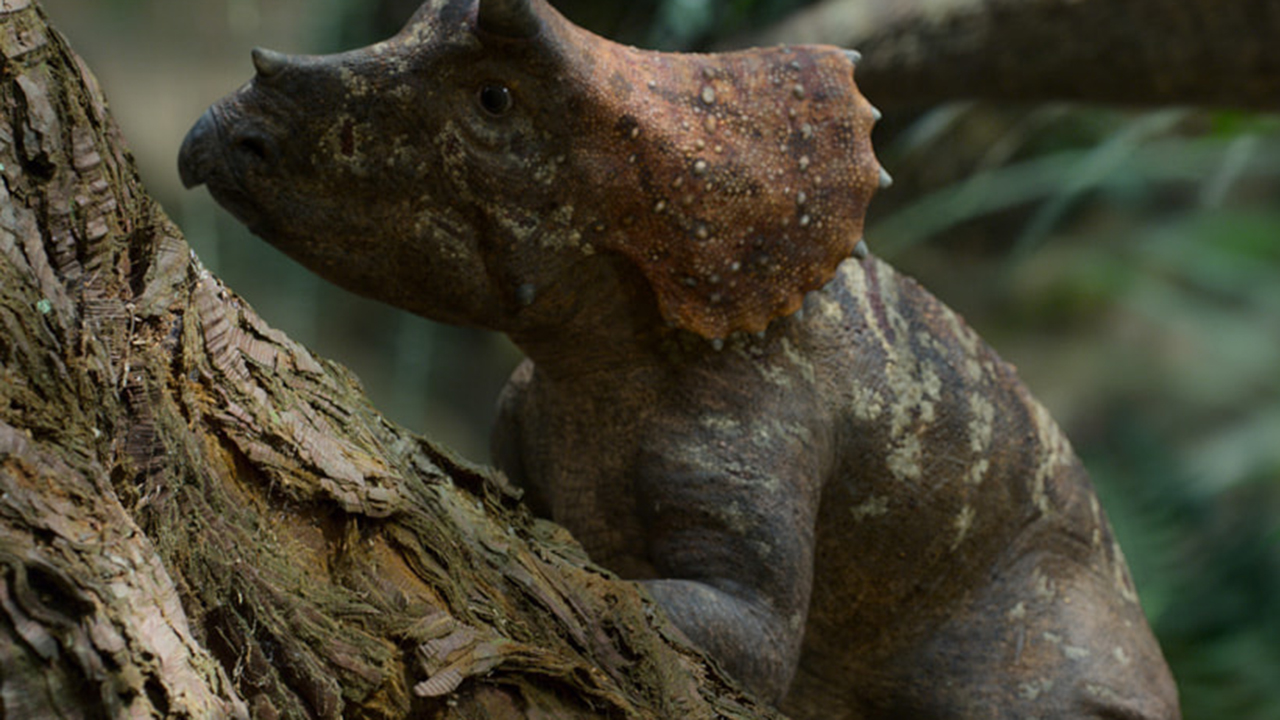
The five-part documentary was produced by BBC Studios’ Natural History Unit, with Jon Favreau (The Lion King, The Mandalorian) serving as showrunner. The stunning visual effects were handled by MPC (The Lion King, The Jungle Book). Jon Favreau and Mike Gunton served as executive producers.
Hans Zimmer headlines a trio of composers which includes Anže Rozman and Kara Talve on both seasons. Legendary broadcaster, biologist, natural historian, and author Sir David Attenborough has narrated all 10 episodes of the series so far.
Paleontologist and consultant Steve Brusatte said the documentary series had been in active development for “a decade” prior to its release, though we didn’t learn about its existence until May 8, 2019. Helping with up-to-date paleontological research were paleozoologist Darren Nash, Steve Brusatte, Alexander Farnsworth, Kiersten Formoso, Michael Habib, Scott Hartman, John R. Hutchinson, Luke Muscutt, Peter Skelton, Robert Spicer, Paul Valdes, and Mark Witton.
David Krentz, director of Dinosaur Revolution (a 2011 four-part documentary) was also involved in the creature development and design for Prehistoric Planet, mostly handled by Jellyfish Pictures. Adam Valdez (The Jungle Book VFX supervisor), Andrew R. Jones (Avatar animation supervisor), and Krzysztof Szczepanski (Solo: A Star Wars Story previs. artist) are the three directors on the show.
Prehistoric Planet season 2
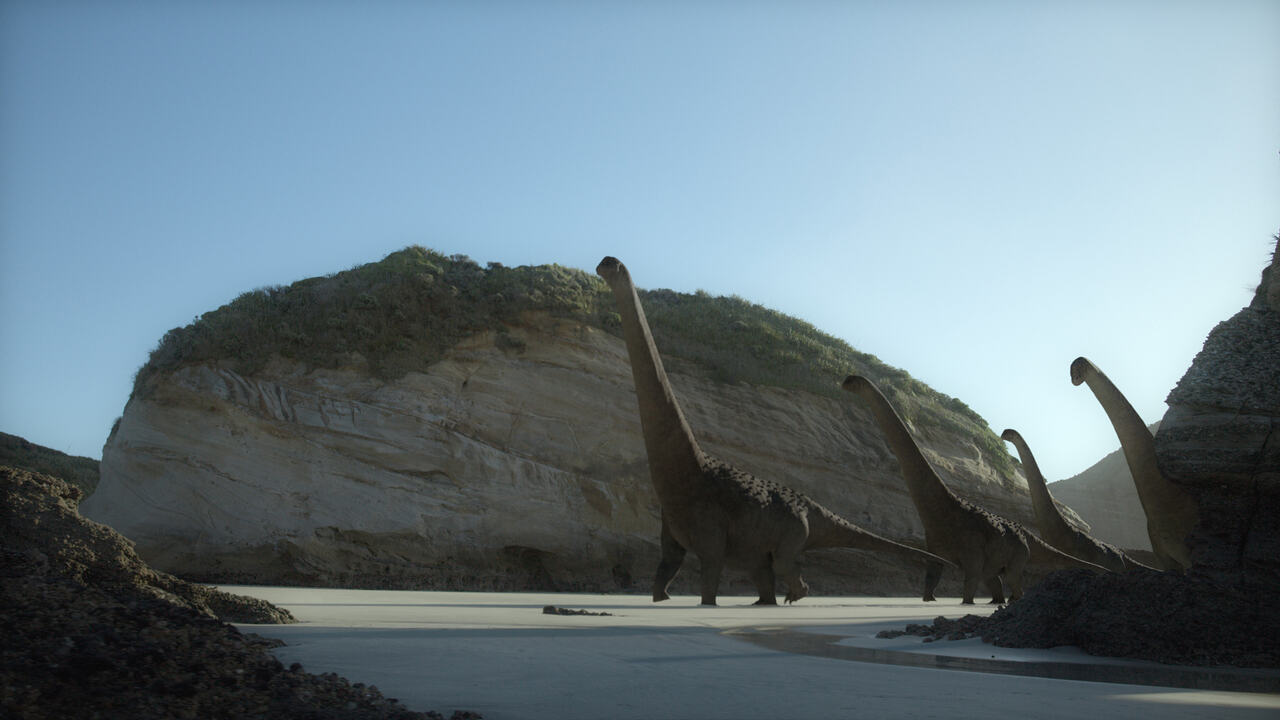
Off the back of the successful first season, Apple TV+ announced on March 2, 2023 that a second season of Prehistoric Planet would be coming to the streaming service.
Prehistoric Planet season 2 will debut in a week-long event starting on May 22, 2023, with a new episode releasing every day for five days.
The five-episode second season of Prehistoric Planet will see the return of executive producers Jon Favreau and Mike Gunton, and will once again feature narration from Sir David Attenborough. Academy Award winner Hans Zimmer is also returning to provide the soundtrack.
Enjoying seeing dinosaurs brought to life? Us too, which is why we sat down and put together a list of the Jurassic Park movies ranked, worst to best.
Originally published on Live Science.
Sign up for the Live Science daily newsletter now
Get the world’s most fascinating discoveries delivered straight to your inbox.
Fran Ruiz is an entertainment freelancer and massive dinosaur nerd. He has a BA of English Studies, focusing on English Literature, from the University of Malaga, in Spain, as well as a Master's Degree in English Studies, Multilingual and Intercultural Communication. On top of writing features and other longform articles for Live Science & Space.com since 2021, he is a frequent collaborator of VG247 and other gaming sites. He also serves as associate editor over at Star Wars News Net and its sister site, Movie News Net.















